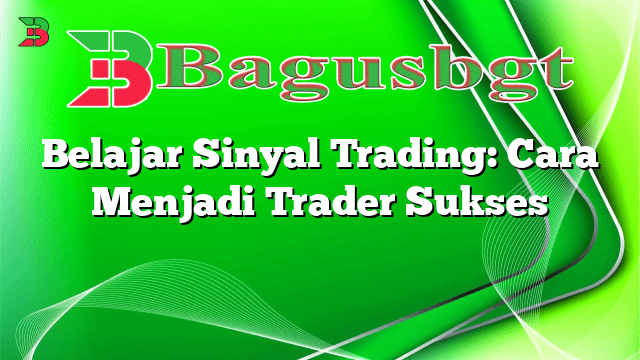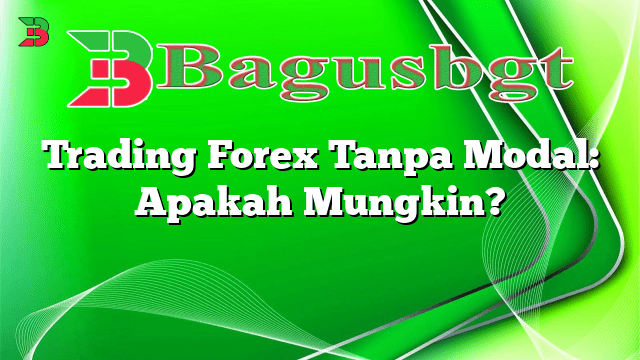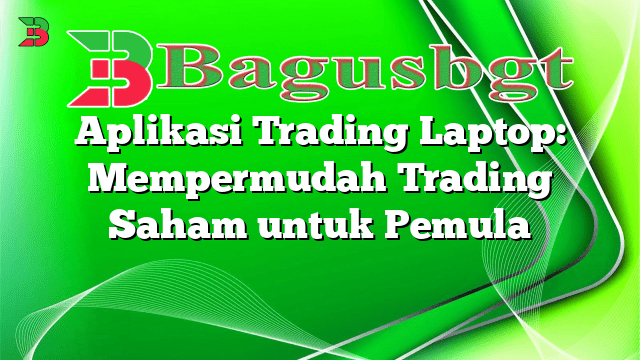Hello readers, welcome to this informative article about the history of forex trading. In this article, we will explore the origins and evolution of the foreign exchange market, also known as forex. So, let’s dive into the fascinating journey of this global financial market.
1. Early Beginnings
The history of forex trading can be traced back to ancient times. In fact, currency trading has existed in various forms for centuries. It is believed that the concept of exchanging goods and services using different currencies originated in ancient Mesopotamia. People would exchange goods using silver or other precious metals as a medium of exchange.
Over time, the concept of currency evolved, and coins made of gold, silver, and bronze were introduced in different regions. These coins became widely accepted as a means of trade, and the first foreign exchange transactions took place.
2. The Gold Standard
During the late 19th century, the gold standard was introduced. It was a monetary system in which the value of a currency was directly linked to a specific amount of gold. This system provided stability and facilitated international trade, as currencies were convertible into gold at a fixed rate.
Under the gold standard, forex trading became more structured and organized. Financial institutions started to offer foreign exchange services, and currency exchange rates were established.
3. The Bretton Woods System
After World War II, a new international monetary system called the Bretton Woods system was established. It aimed to promote economic stability and facilitate international trade. Under this system, the US dollar became the reserve currency, and other currencies were pegged to the dollar.
The Bretton Woods system led to the creation of the International Monetary Fund (IMF) and the World Bank. It also introduced fixed exchange rates, which were maintained through government intervention in the forex market.
4. The Collapse of the Bretton Woods System
However, the Bretton Woods system faced challenges in the 1960s and 1970s, as countries started to experience economic difficulties. The US faced inflation and a growing trade deficit, leading to a decline in the value of the dollar.
In 1971, the US government decided to suspend the convertibility of the dollar into gold, effectively ending the gold standard. This event marked the beginning of the modern forex market, as currencies were no longer pegged to a fixed exchange rate.
5. The Rise of Electronic Trading
In the 1980s, advancements in technology revolutionized the forex market. Electronic trading platforms were introduced, allowing traders to participate in the market from anywhere in the world. This led to increased liquidity and trading volumes.
The introduction of the internet in the 1990s further accelerated the growth of forex trading. It made information more accessible and enabled individuals to trade currencies online.
6. Market Deregulation
In the late 1990s and early 2000s, many countries started to deregulate their financial markets. This led to the liberalization of forex trading and the emergence of online forex brokers. Retail traders gained access to the market, previously dominated by large financial institutions.
The deregulation also brought increased competition and innovation in the forex industry. New trading instruments, such as contracts for difference (CFDs) and forex options, were introduced.
7. Advantages of Forex Trading
Forex trading offers several advantages to participants. Firstly, it is a highly liquid market, with trillions of dollars traded daily. This means that traders can enter and exit positions quickly, without worrying about liquidity issues.
Secondly, forex trading operates 24 hours a day, five days a week. This provides flexibility to traders, as they can choose when to trade based on their schedule and market conditions.
Furthermore, the forex market offers a wide range of currency pairs to trade. This allows traders to diversify their portfolios and take advantage of various market opportunities.
8. Kekurangan Forex Trading
However, forex trading also has its drawbacks. One of the main disadvantages is the high level of risk involved. The forex market is highly volatile and can experience rapid price fluctuations. Traders need to be prepared for potential losses and have risk management strategies in place.
Another challenge is the presence of scams and fraudulent brokers in the forex industry. It is essential for traders to choose reputable and regulated brokers to ensure the safety of their funds.
9. Alternatif Lain dalam Forex Trading
Although forex trading is the most popular form of currency trading, there are alternative markets available. One such market is the cryptocurrency market, which allows traders to speculate on the price movements of digital currencies like Bitcoin and Ethereum.
Another alternative is the futures market, where traders can trade contracts based on the future price of a specific currency. This market provides opportunities for hedging and speculation.
10. Conclusion
In conclusion, the history of forex trading is a story of evolution and innovation. From its humble beginnings in ancient Mesopotamia to the modern electronic trading platforms, forex trading has come a long way. It has become the largest financial market globally, offering opportunities for traders around the world.
Frequently Asked Questions (FAQ)
| Question | Answer |
|---|---|
| What is forex trading? | Forex trading is the buying and selling of currencies on the foreign exchange market. |
| How do I start forex trading? | To start forex trading, you need to open an account with a forex broker, deposit funds, and familiarize yourself with trading platforms and market analysis. |
| Can I make money from forex trading? | Yes, it is possible to make money from forex trading. However, it requires knowledge, skills, and a disciplined approach to trading. |
| What are the major currency pairs? | The major currency pairs include EUR/USD, GBP/USD, USD/JPY, and USD/CHF. |
| Is forex trading risky? | Yes, forex trading carries a high level of risk due to market volatility. It is important to manage risk and only trade with funds you can afford to lose. |
Take the time to educate yourself about the forex market and develop a trading strategy before getting started. Happy trading!
 Bagus Banget Kumpulan Informasi terbaru dari berbagai sumber yang terpercaya
Bagus Banget Kumpulan Informasi terbaru dari berbagai sumber yang terpercaya





